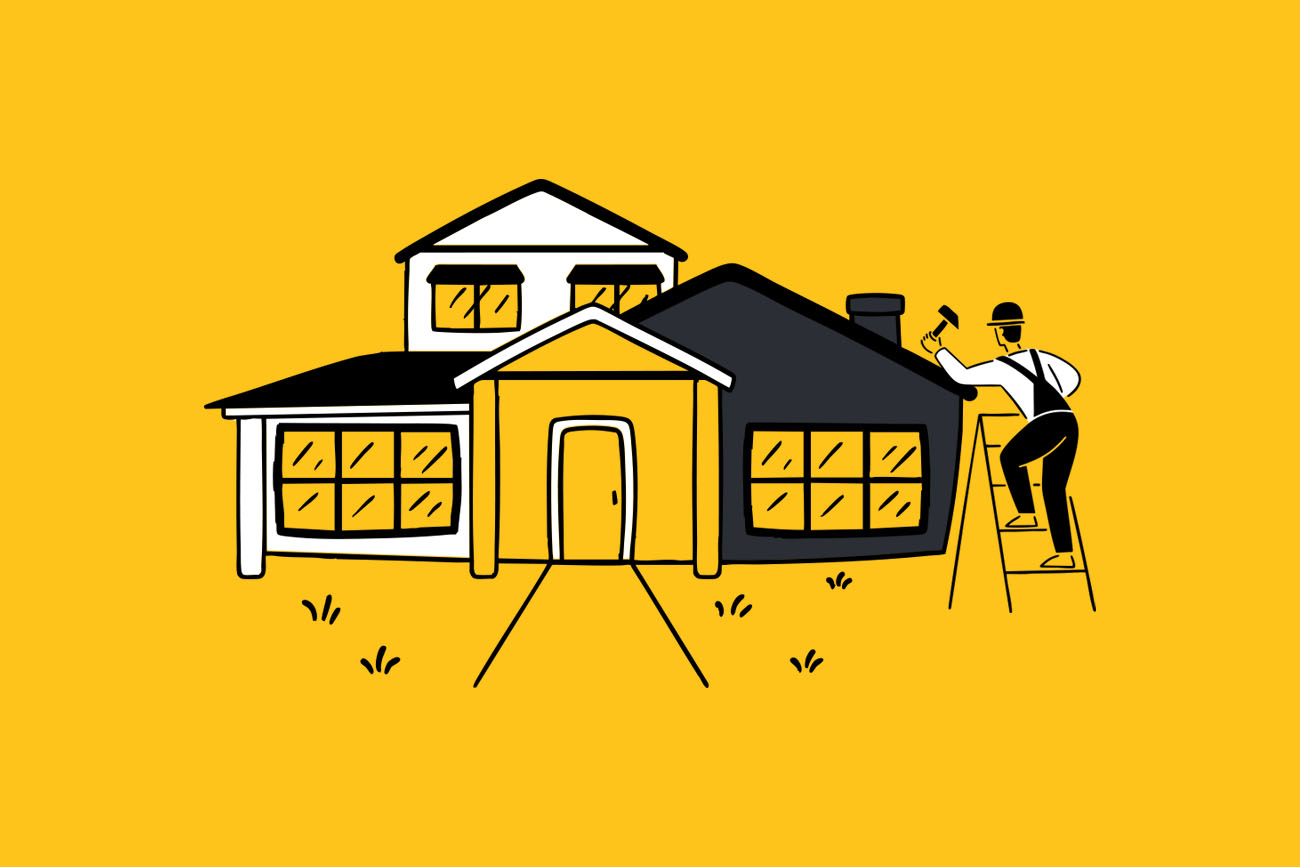Q2/25: 4 Can’t-Miss Articles for Marketing Leaders


Join Simon/Myers’ Head of Strategy, Brian Gee, as he dives into four articles to help your team stay ahead of the curve in 2025.
#1: Remodeling Slows, Not Stops — Why Now’s the Time to Build Trust
Home renovation professionals are feeling the shift. According to Houzz’s latest Q2 2025 Barometer, both project inquiries and committed jobs are trending downward. In fact, for the first time in years, recent business activity dipped below growth levels — especially for design-build firms, who saw their Q2 index fall to 42 from 58 last quarter.
Contractors aren’t panicking, but they are preparing: many are stocking up on materials now to get ahead of anticipated tariff hikes. And while short-term demand may be softening, sentiment isn’t bleak. Most pros still expect revenue growth this year — with specialty firms projecting an average increase of 12%.
In fact, long-term signals remain strong. “The aging housing stock continues to drive remodeling projects as homeowners are increasingly choosing to tap into their home equity and invest in improvements rather than relocate,” said NAHB Remodelers Chair Nicole Goolsby Morrison. NAHB forecasts a 5% gain in residential remodeling activity in 2025, with continued growth into 2026. This reinforces the idea that what we’re seeing isn’t demand disappearing — it’s demand maturing.
More here: (Source 1, Source 2, Source 3)
The Takeaway
With homeowners planning more intentionally, now is the time for brands to lead with relevance, reassurance, and long-term value. A few moves to consider:
- Support staged remodeling mindsets — Homeowners aren’t backing out of projects, they’re planning them in phases. Position products and services to align with a more intentional, budget-aware approach.
- Be present in the planning — More homeowners are spending time comparing materials, asking questions, and scoping inspiration. Show up early in that journey with helpful content, smart targeting, and real-world proof points.
- Invest in long-game loyalty — With remodeling activity projected to rise again in 2025 and 2026, now’s the time to earn credibility. Deliver value and clarity now, and you’ll be first in line when homeowners hit go.

#2: Lowe’s Taps Creator Economy with MrBeast-Led Home Improvement Network
Lowe’s is diving headfirst into creator-led marketing with the launch of its first-ever home improvement creator network — a major move designed to engage younger homeowners through platforms where they already seek advice and inspiration. The roster includes more than 100 creators across DIY, design, and lifestyle verticals, with YouTube titan MrBeast as one of the headline partners.
This isn’t a short-term influencer play. Lowe’s is building a long-term ecosystem with training, product access, and co-branded content opportunities to support creators at scale. The move reflects the growing influence of digital creators as trusted voices in home renovation — and a recognition that traditional retail marketing is losing ground to creator-driven storytelling on TikTok, Instagram, and YouTube.
As creators take on the role of project advisor, product tester, and content engine, Lowe’s is betting big on a future where home improvement advice is decentralized, highly visual, and powered by real people, not just big-box brands.
More here: (Source)
The Takeaway
Home improvement brands should view this not as a one-off campaign, but as a sign of where brand authority is heading. To compete, marketers need to:
- Develop multi-tiered creator strategies — Lead with large influencers, but also include niche voices that connect with specific homeowner segments.
- Equip creators with tools to tell compelling, brand-aligned stories — Combine education with entertainment and always remember the human aspect.
- Reimagine product marketing for a content-first world — Is your product demo-worthy, easily explained on video, and ready for social storytelling?
- Shift spend toward platforms where project inspiration actually happens — Short-form video is the new front door for home improvement. door for home improvement.

#3: Inclusive Design Goes Mainstream: Lessons from Annie Jean-Baptiste’s NeoCon 2025 Keynote
At NeoCon 2025, Annie Jean-Baptiste made a compelling case for why inclusive design is no longer optional. Drawing from her experience leading Google's product inclusion efforts, she outlined a practical, impactful framework for design that resonates with more people and reduces the risk of leaving customers behind.
Jean-Baptiste urged brands and designers to broaden their definition of diversity — thinking beyond demographics to encompass ability, geography, identity, and lived experience. She emphasized that inclusive design is not about solving “for” marginalized communities but designing “with” them from the start, including diverse perspectives throughout research, development, and testing.
One of her most memorable takeaways: start with the people who are often last. Designing with historically excluded customers in mind doesn’t narrow your market — it often unlocks better experiences for everyone.
More here: (Source)
The Takeaway
Inclusive design is no longer just an ethical practice — it's a competitive one. For home improvement marketers and product leaders, this means: Audit your existing products and services through an inclusion lens — who might be unintentionally excluded?
- Invest in diverse user testing and field research, especially in the early stages of product development. Partner with underrepresented groups — don’t just market to them.
- Elevate accessibility from a compliance checkbox to a source of innovation and differentiation.
- Design for edge cases — because they often lead to better solutions for the mainstream.

#4: What Builders and Remodelers Actually Want from Brands Right Now
The Farnsworth Group’s latest survey of builders and remodelers sheds light on how building material manufacturers can better support their most important B2B audiences. As market activity shifts and competition tightens, loyalty is increasingly earned — not assumed.
The research finds that while product quality is foundational, brands win preference by making the professional’s job easier. Builders and remodelers value responsive reps, helpful installation guidance, and clear, job-site-ready documentation. Notably, digital resources are playing a growing role — pros want better online support, from specification tools to mobile-optimized manuals.
And in a labor-constrained environment, time is money. Brands that streamline onboarding, reduce callbacks, and offer field-tested support are more likely to earn repeat business.
More here: (Source)
The Takeaway
Brands targeting builders and remodelers should shift from product-first messaging to problem-solving support. Key strategies include:
- Prioritize technical documentation and installation guidance that works in real-world conditions — not just the showroom.
- Invest in easy-to-navigate digital tools and mobile resources tailored for job site use.
- Train reps to act as consultative partners, not just salespeople — pros value brands that help them look good to their clients.
- Focus on responsiveness: fast answers and real-time troubleshooting build long-term loyalty.
In short: treat pros like pros. The better you support their process, the more likely your products are to become their go-to.

Subscribe for
more Slant
This site is protected by reCAPTCHA and the Google Privacy Policy and Terms of Service apply.











